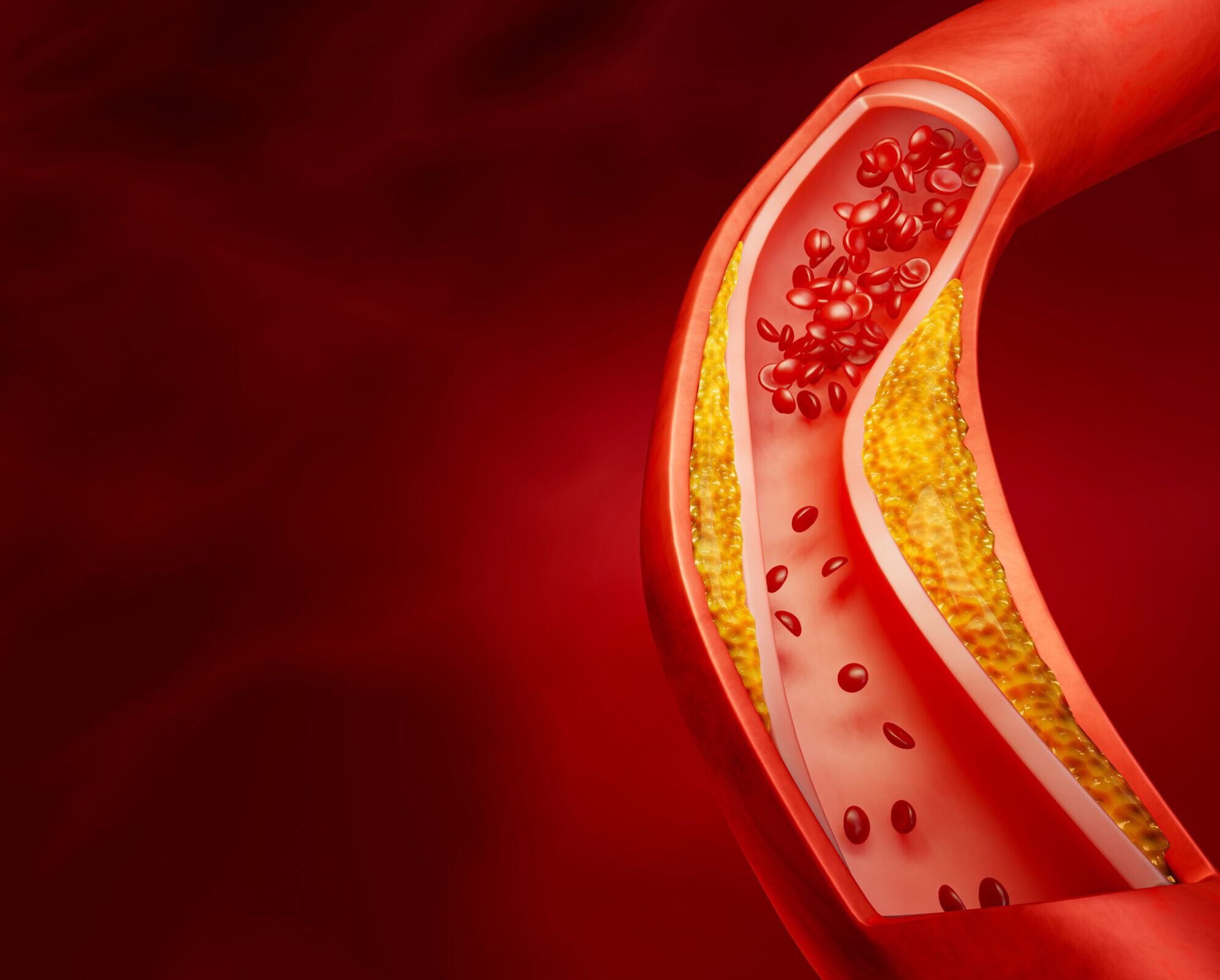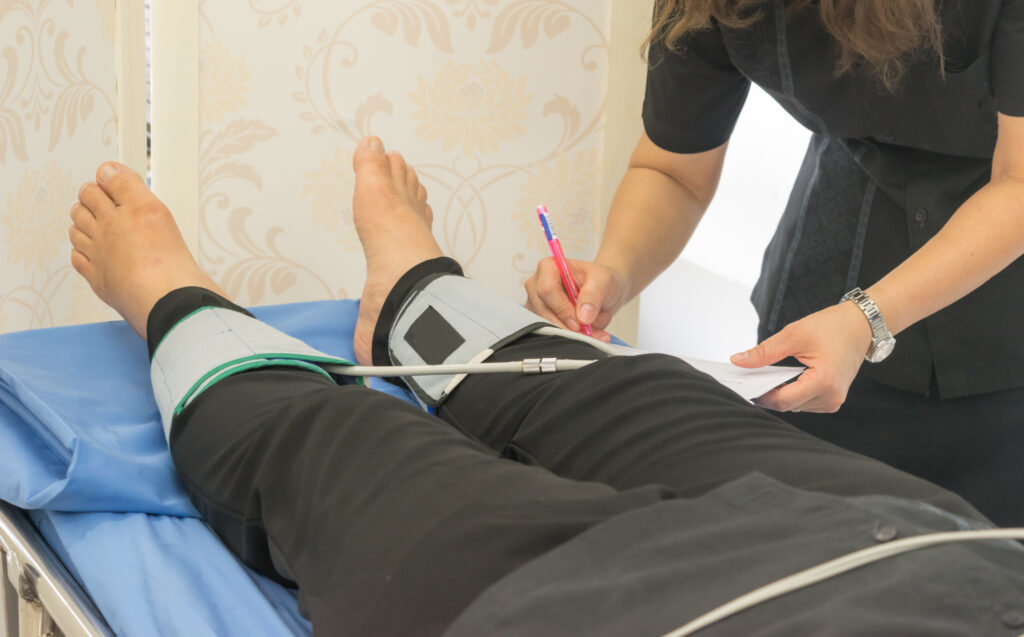Chronic Diseases
What is Peripheral Arterial Disease (PAD)?

What is PAD?
Peripheral Arterial Disease (PAD) occurs when cholesterol and other fats circulating in the blood collect inside the walls of the arteries that supply blood to the limbs. This buildup, referred to as fatty plaque, narrows arteries and can lead to reduced or blocked blood flow (atherosclerosis).
PAD most commonly occurs in the legs but can also be present in the arteries that carry blood from the heart to the head, arms, kidneys, and stomach.
Symptoms of Peripheral Arterial Disease
While there are common symptoms associated with Peripheral Arterial Disease (PAD), many people with PAD do not experience any symptoms at all, which makes early diagnosis even more crucial.
Often, once symptoms do appear, the disease may have already progressed significantly. If they do occur, symptoms of PAD may include:

Peripheral Arterial Disease Risk Factors
 Age-Related Illness |  Smoking/Drinking |  High Blood Pressure |  Existing Cardiovascular Disease |
 Ethnicity |  Metabolic Syndrome |  High Cholesterol |  Diabetes |
Diagnosing Peripheral Arterial Disease
Before ordering tests to diagnose Peripheral Artery Disease (PAD), providers have traditionally relied on the presence of classic symptoms (such as intermittent claudication). However, each of these tests has significant drawbacks and limitations that make QuantaFlo® a superior choice.
What is Intermittent Claudication?
Intermittent claudication is pain that occurs during exercise but resolves with rest. The arterial flow does not meet the metabolic demand of the muscles typically located in the buttock, hip, thigh, or calf. The location of the pain depends on the location of the affected artery.5
Claudication is typically considered a classic symptom of Peripheral Arterial Disease (PAD). However, as many as 50% of patients with PAD present no symptoms.
How does QuantaFlo help?
QuantaFlo can help detect the presence of PAD before symptoms develop, support the evaluation of atypical symptoms, and even detect more advanced stages of the disease.
What is a Pedal Pulse Test?
Performing a pedal pulse test to detect Peripheral Arterial Disease (PAD) has traditionally been viewed as an indicator of overall cardiovascular health. An arterial pulse can be felt on the top of the foot on the front part of the ankle.
An absent or diminished pedal pulse may indicate Peripheral Arterial Disease (PAD), but this requires that the disease be sufficiently progressed to obstruct blood flow. The human body’s ability to compensate for the reduction in blood flow often masks early symptoms of PAD, and a pedal pulse may still be detectable by hand.
How QuantaFlo Works Better
QuantaFlo uses volume plethysmography to measure relative blood flow changes from the main and collateral arteries, even those imperceptible to the human hand or eye.
What is a Doppler ABI Test?
Ankle-Brachial Index (ABI) testing uses blood pressure cuffs and doppler to detect differences in blood pressure between the upper and lower extremities. While they have been a standard for decades, cuff-based testing methods do have limitations:
- ABI tests are not sufficiently sensitive to detect early, asymptomatic Peripheral Arterial Disease (PAD).
- Patients with non-compressible, calcified arteries often receive inconclusive results.
- Staff members require special training to perform the test.
Additional Challenges with ABI
ABI testing requires different blood pressure cuff sizes, trained staff, and approximately 20 minutes to perform. Studies show that a positive ABI of <0.9 often correlated to at least 50% stenosis or a disease that was already significantly progressed.
How QuantaFlo Works Better
QuantaFlo requires only a sensor and a laptop or tablet, and tests take less than 5 minutes to complete. Additionally, QuantaFlo can detect pre-clinical Peripheral Arterial Disease (PAD), which has been correlated to <30% disease as reported by Duplex Scan.




